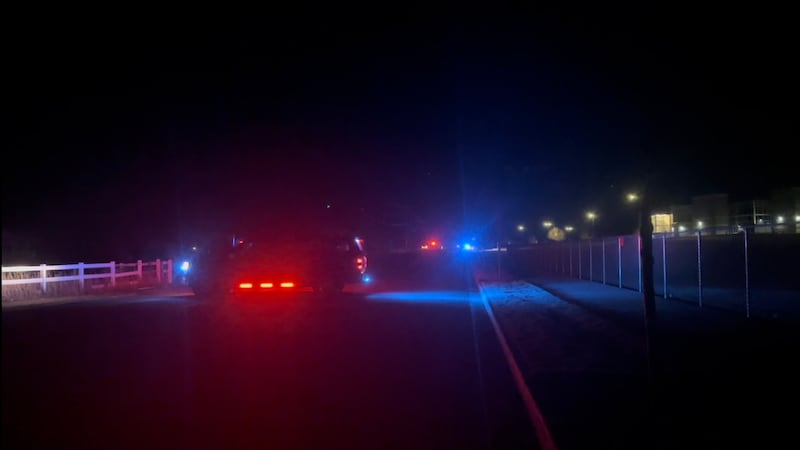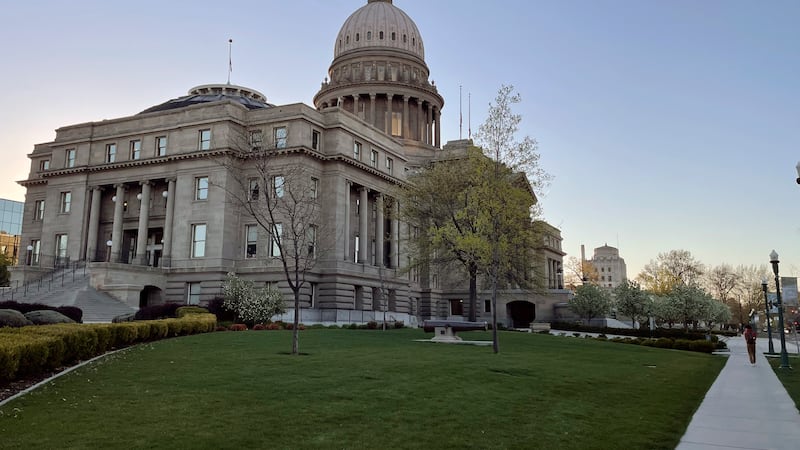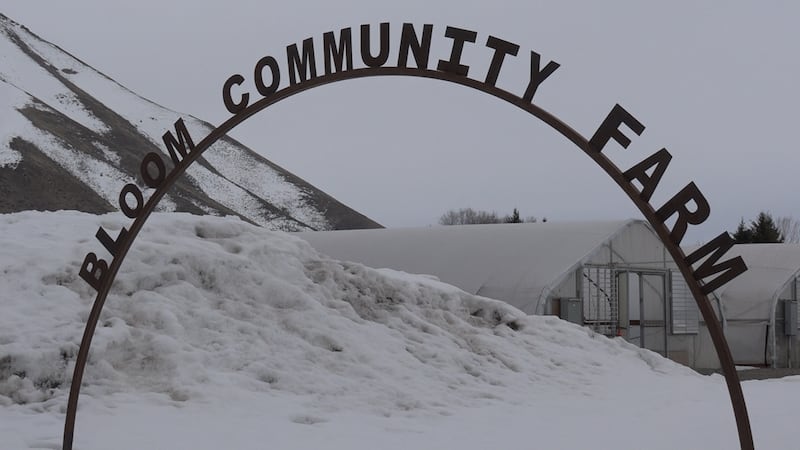ISDA continues to work on the Snake River after the treatment phase ends
Now that treatment ended the next phase looks a lot like the initial sampling phases.
TWIN FALLS, Idaho (KMVT/KSVT) —The Quagga treatment may be over, but the Idaho State Department of Agriculture is still working on the river.
When the first sample came back positive for the Quagga mussel the department sampled other parts of the river to see how far the mussel spread. Then they treated the river with copper based Natrix, a product that quagga mussels are sensitive to.
Now that treatment ended the next phase looks a lot like the initial sampling phases.
Invasive species bureau chief Nic Zurfluh says, “We’re delimit sampling the whole river again and what I mean by that is were going to go through and collect veliger plankton toe samples, I remember we showed this during the initial stages of this story, so we’re right back at it again sampling in that same delimit area where we found the initial plume of villagers an we found the adult now we’re going to go back in there and sample post treatment.
They’ll be looking for specific details in the samples to see if the treatment worked. Finding specific traits in shells is a good sign.
“What we’re specifically looking for in that sample is villager shells that are degraded have very minimal birefringence and they’re really poor shape meaning no internal organs. That’s a sign that the treatment is working , that it worked. We may find some villagers throughout the system but if were finding degraded shells that are really in rough shape that’s a good sign,” said Zurfluh.
Another good sign is they’ve discovered mortality of the adult quagga within 48 hours of the original treatment. But, it’ll still be some time before they know if it was a success.
Copyright 2023 KMVT. All rights reserved.















